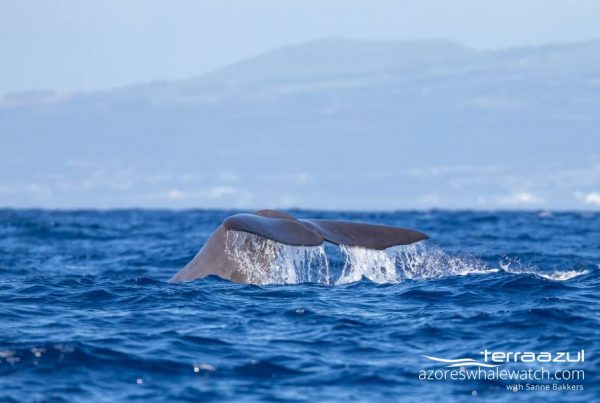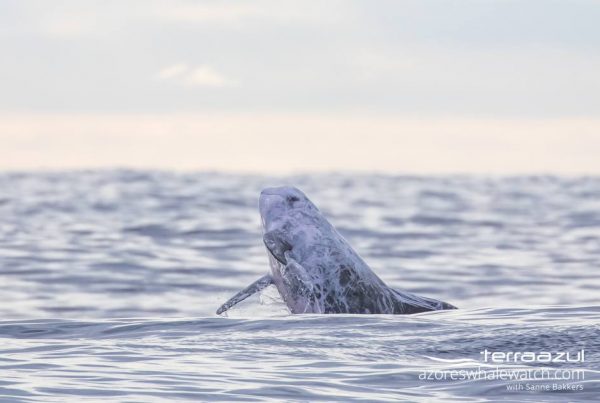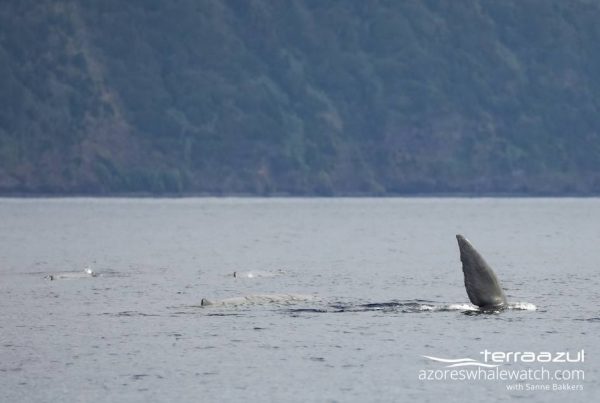
With the beginning of a colder season, comes the Cagarro too, also known as Cory’s Shearwater. In the Azores we are very lucky to have them nesting in here (about 75% of world population) not only on the main islands but also in the islets, in case of São Miguel, the islet of Vila Franca. This marine bird comes to their nests at the end of February and the mating season lasts until the middle of May, before the females return to the sea to gain nutrients for their eggs. Each female lays a single egg, that hatch at end of July and are fed at night by their progenitors.
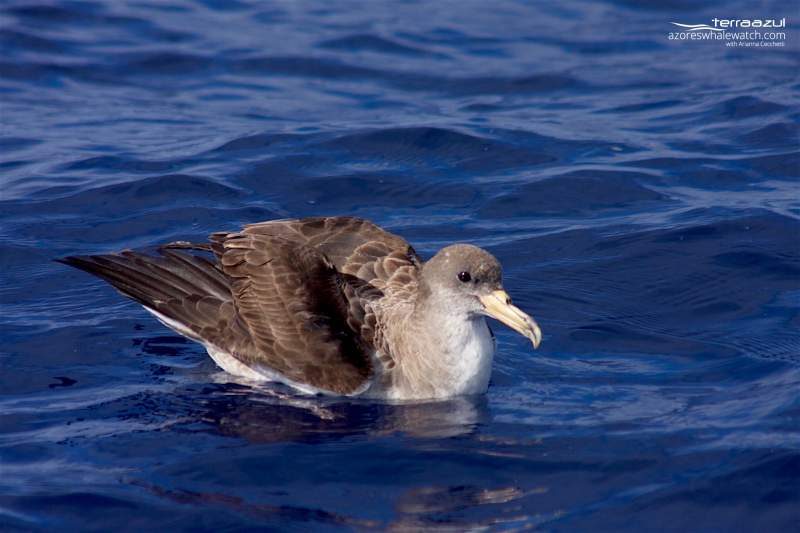
Resting Cory’s shearwater
Between de end of October and the beginning of November, when they become juveniles, it’s time to get out of their nests and start a new and dangerous adventure. Their worst enemy at this life stage are the artificial lights. Yes, that’s right! When they try to get out of the nest at night towards the sea, guided by the stars and the moon, the artificial lights on the streets makes the shearwater confused and they go in the wrong direction. They can get hurt and sometimes, if they fall on the road, they can be hit by cars.
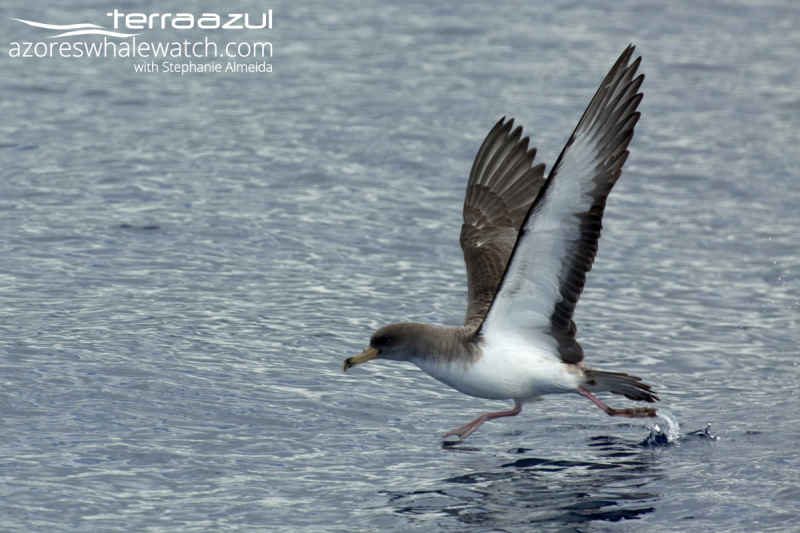
Cory’s Shearwater/Calonectris borealis
To try to solve this problem, the azores government created a campaign called S.O.S Cagarro, that takes place every year since 1995 in the 9 islands between October 15 and November 15 at night. Associations such as the Portuguese Society for Bird Studies (SPEA) and Amigos dos Açores, as well as volunteer groups and single citizens take part to this campaign. The rescue is usually undertaken at night when they are more vulnerable and usually lost or injured. Appropriate boxes are used to keep them overnight and if needed even longer, before the releases are performed during daylight at quiet beaches. The boxes are designed to make sure stressed shearwaters can rest and feel safe. No food or medicaments are provided. The campaign aims not only to rescue shearwaters, but also to sensitize and educate the public about this issue. In order to prevent this problem, in fact, the public is reminded to switch off as much as possible the lights during this vulnerable life phase. If you want to know more about this campaign and how to save them click here.
So, if you see one Cory’s Shearwater make a friend and save one life!
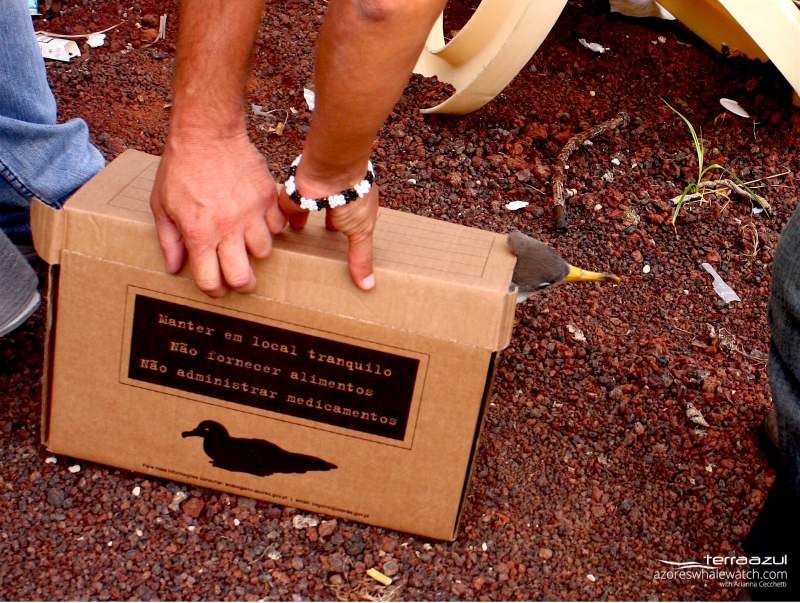
A Cory’s shearwater about to be released after been kept in the proper box from the SOS Cagarro program




